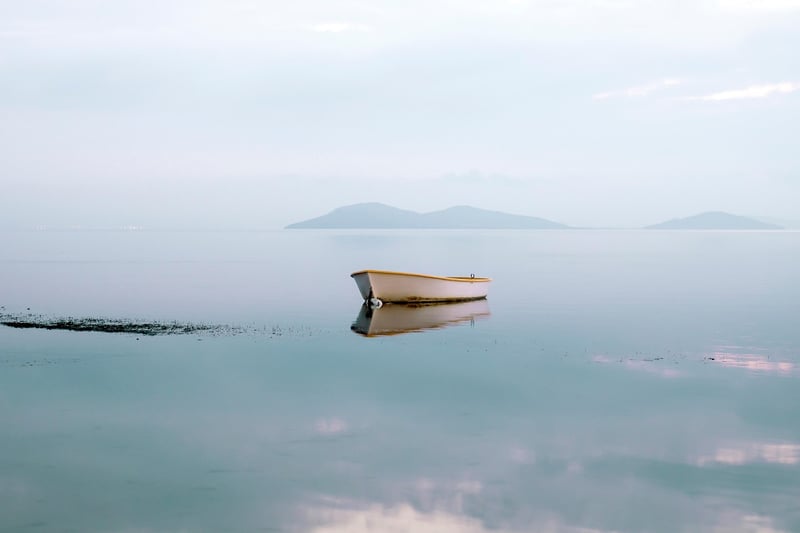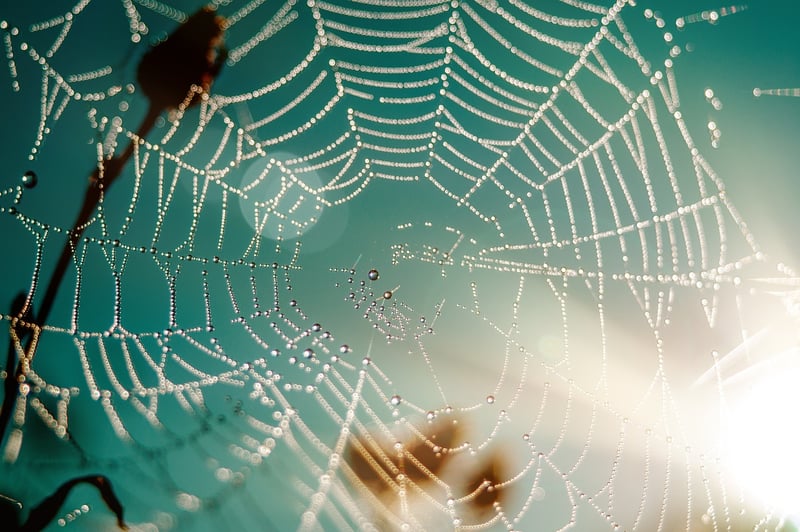Mars Habitats
Settling in the Cosmos: Mars Habitats
Exploring the vast unknowns of outer space has been a dream of humankind for centuries. As we venture further into the cosmos, one of the most intriguing destinations for potential human settlement is Mars. With its similarities to Earth and the possibility of harboring life, Mars has captured the imagination of scientists, engineers, and visionaries alike.
Why Mars?
Mars, often referred to as the Red Planet, shares some similarities with Earth that make it a prime candidate for potential colonization. It has a day-night cycle close to that of Earth, with a day on Mars lasting approximately 24.6 hours. Mars also has seasons, a thin atmosphere, and evidence of water in the form of ice. These factors make it a tantalizing prospect for human habitation.
Challenges of Living on Mars
Despite its promise, Mars poses numerous challenges for human settlers. The planet's thin atmosphere lacks the protection provided by Earth's atmosphere, exposing inhabitants to harmful radiation. Extreme temperatures, dust storms, and the lack of breathable air are additional hurdles that must be overcome to establish sustainable habitats on Mars.
Mars Habitat Designs
Scientists and engineers have been hard at work designing habitats that can support human life on Mars. These habitats need to provide protection from radiation, maintain stable temperatures, and ensure a steady supply of oxygen and water. Designs range from inflatable structures to underground dwellings that shield inhabitants from the harsh Martian environment.
Image Gallery


Conclusion
As we look to the stars and ponder the possibilities of interplanetary travel, Mars stands out as a beacon of hope for future human colonization. While the challenges are many, the potential rewards of establishing a sustainable presence on the Red Planet are immense. With continued research and innovation, the dream of settling in the cosmos may soon become a reality.
